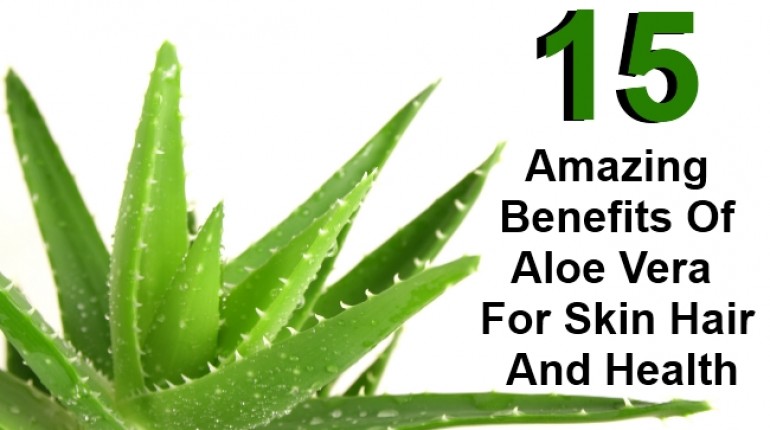Overview
Vitamin D is a bone-health supernutrient. Without sufficient amounts -- on average about 400 to 600 international units per day for adults -- you run the risk of bone fractures, osteoporosis and other problems, such as muscle weakness. This is largely because vitamin D helps your body maintain the appropriate calcium levels. An estimated 1 billion people worldwide lack adequate vitamin D, according to the Harvard School of Public Health, and while your skin can synthesize vitamin D from sunlight, many Americans spend too little time in the sunny outdoors. The answer? Vitamin D-rich foods. Because they're often also nutritious in other ways, foods high in vitamin D can benefit not only your bones, but your overall wellness.
Fortified Orange Juice
If you're not a fish lover, fear not. A variety of foods and drinks are fortified with the nutrient, meaning that it's added during processing. Fortified orange juice is one of the richest examples, containing 137 IU of vitamin D per serving. Fortified orange juice also provides valuable amounts of calcium and the antioxidant vitamin C. Because even pure juices are high in sugars, pair modest portions of orange juice with fiber and protein-rich foods, such as whole grain toast and low-fat milk, which promote blood sugar control.
Eggs
Eggs often get a bad rap due to the yolks’ high cholesterol content. Eggs contain valuable nutrients, however, including vitamin D. One large egg yolk provides 41 IU of vitamin D. Moderate egg intake, or up to one egg per day, isn’t linked with heart disease risk factors such as high cholesterol, according to the Harvard School of Public Health. For a heart-healthy, vitamin D-rich omelet, scramble and saute eggs with cheese and diced mushrooms -- two other foods that have modest amounts of vitamin D
Fortified Milk
For many people, when they think of the health benefits of milk, the first word to pop to mind is "calcium." Thanks to fortification, most milk also provides hefty amounts of vitamin D too. Skim, low-fat, reduced-fat and whole milk each provide 115 to 124 IU of vitamin D per 8-ounce serving. If you don’t tolerate or consume lactose, choose fortified soy, almond, rice or lactose-free cow's milk, which contain similar amounts of vitamin D.
Salmon
While it's best known for protein and heart-healthy omega-3 fats, salmon is also one of the richest sources of vitamin D. A three-ounce serving provides 447 IU of vitamin D. Like other fish, salmon is also rich in essential minerals, including calcium. To meet your vitamin D needs and increase your overall nutrient intake, Kate Gudorf, a registered dietitian in Australia, recommends making salmon a dietary staple. “Salmon truly is a superfood, ranking in my top ten list of nutritional powerhouses,” she states on her website. She suggests incorporating salmon into egg dishes for breakfast and serving it grilled with vegetables for dinner
.jpg)
.jpg)
.jpg)
.jpg)

No comments:
Post a Comment